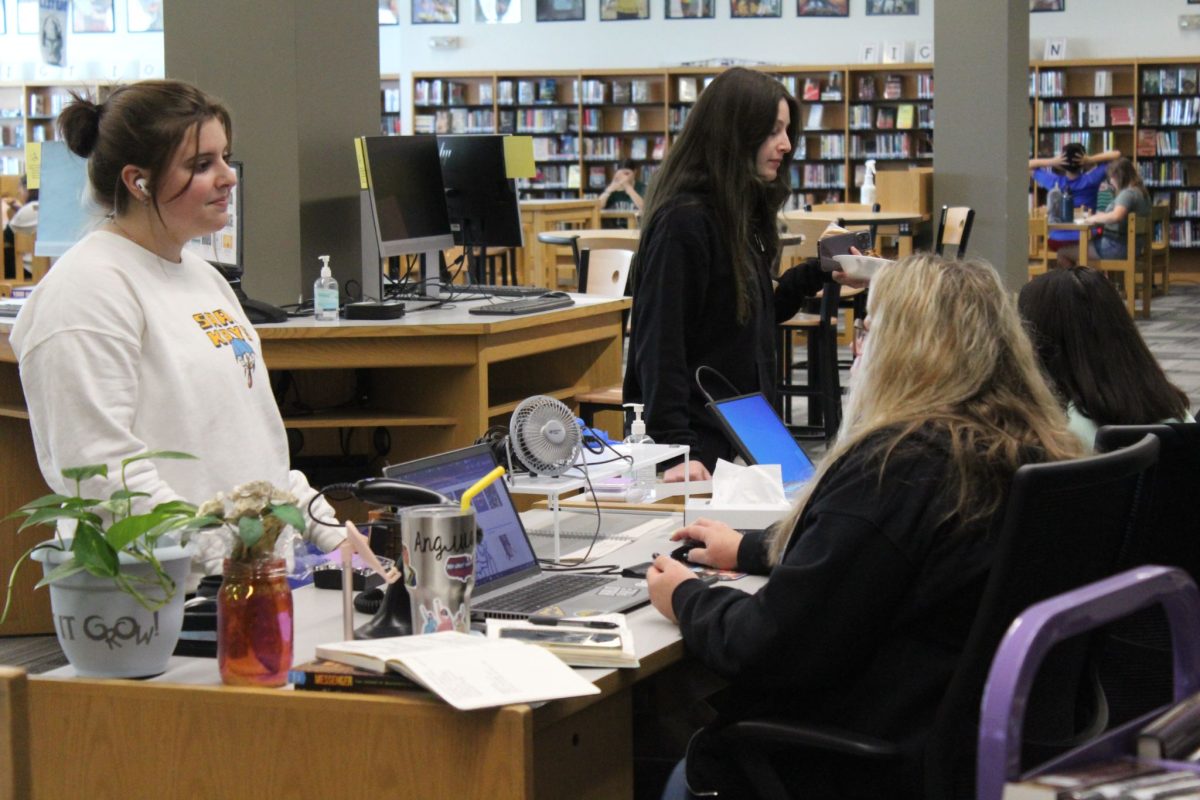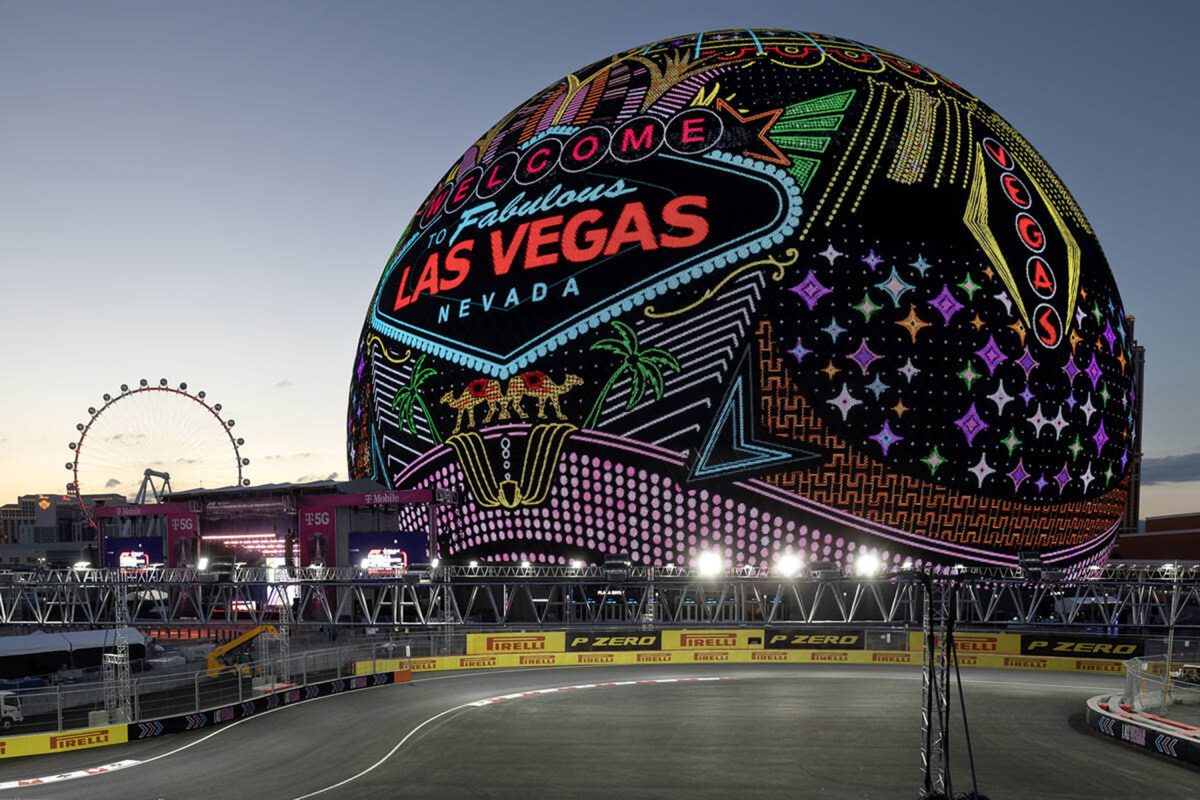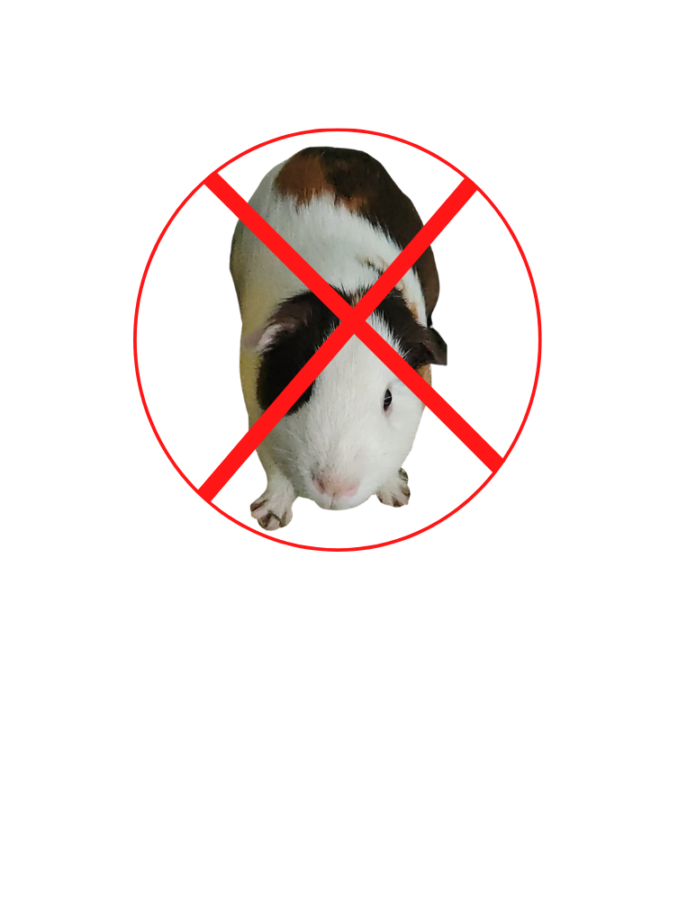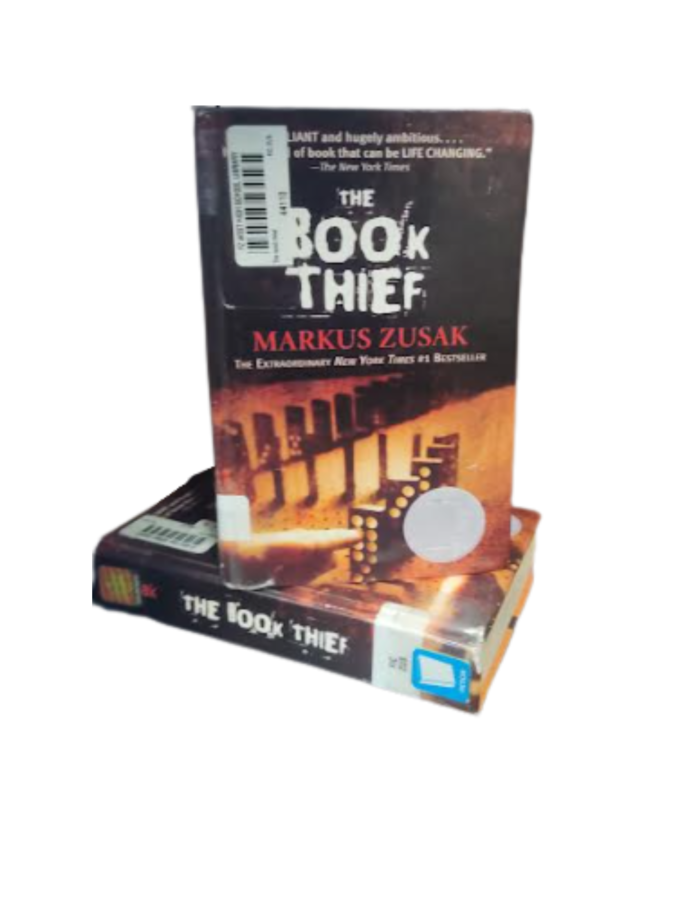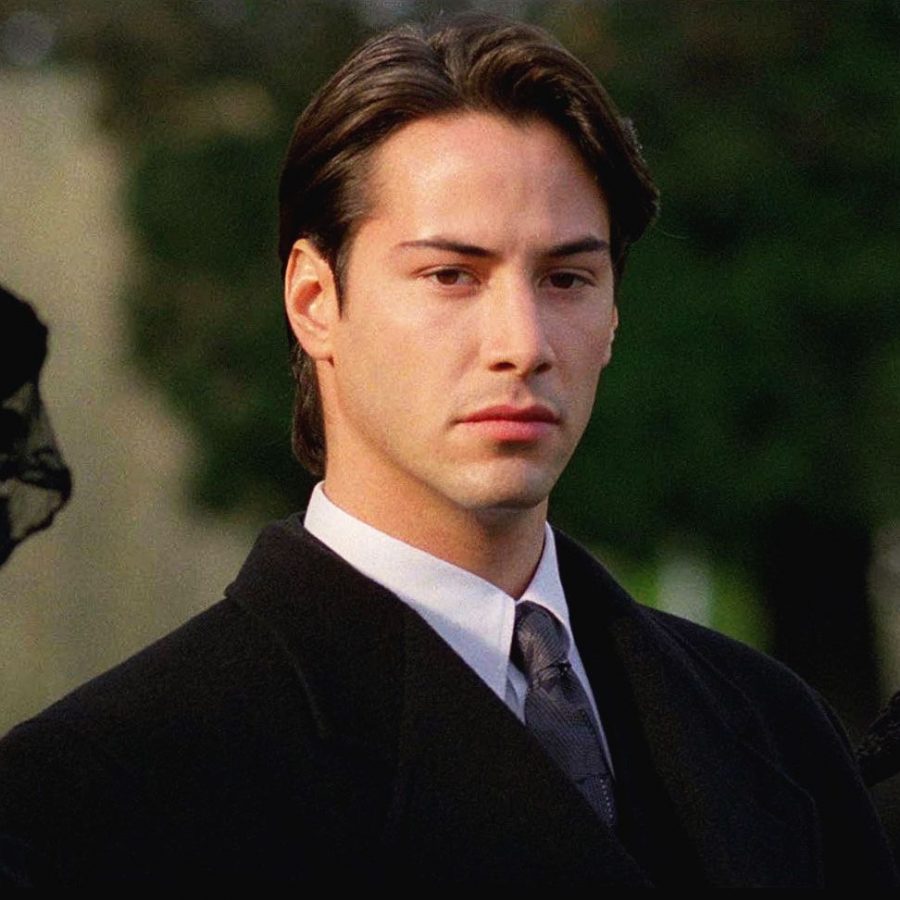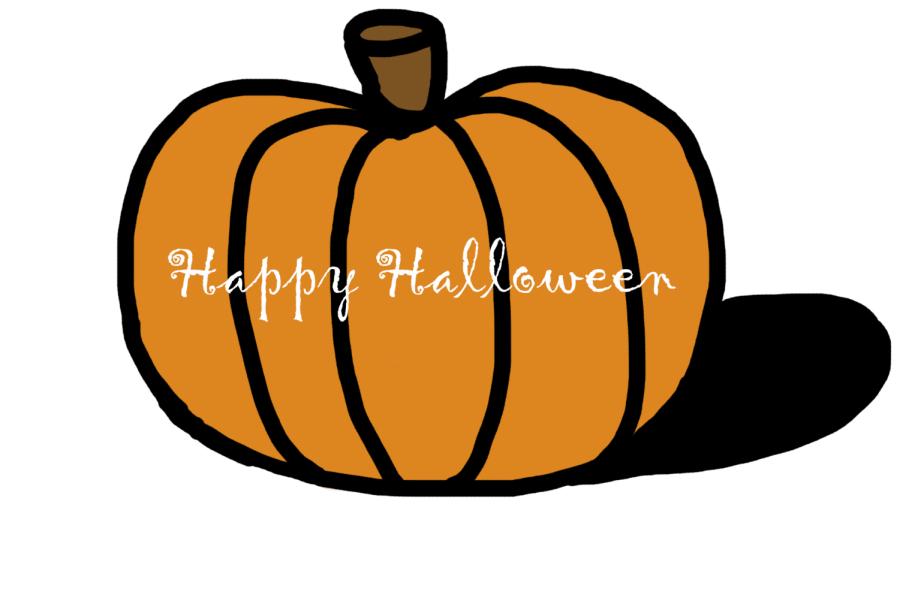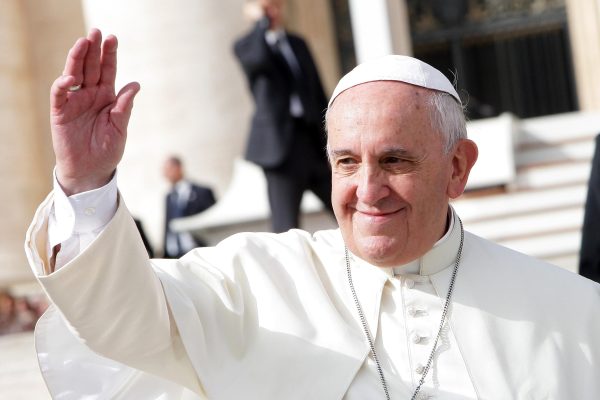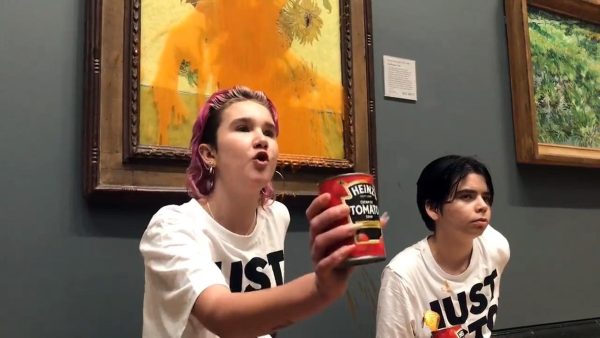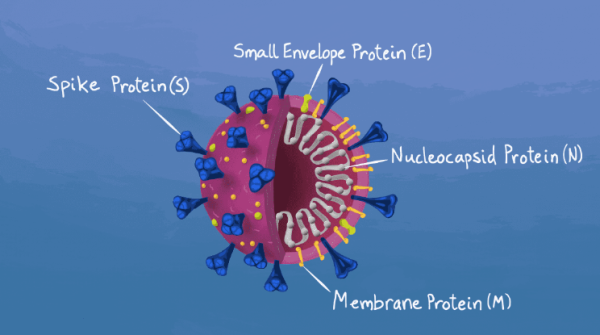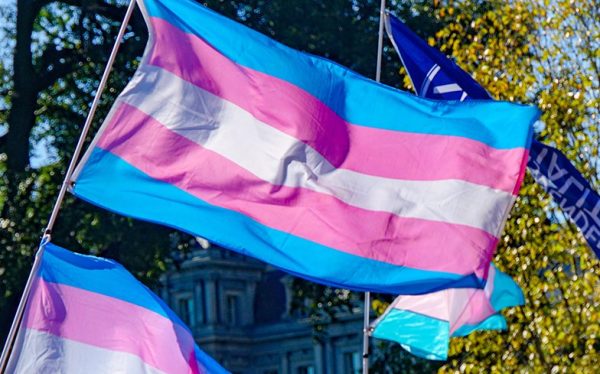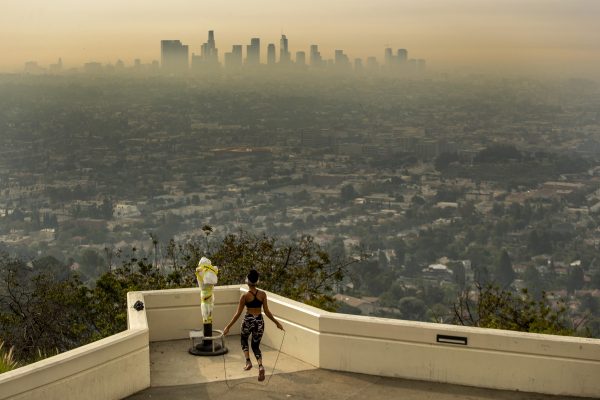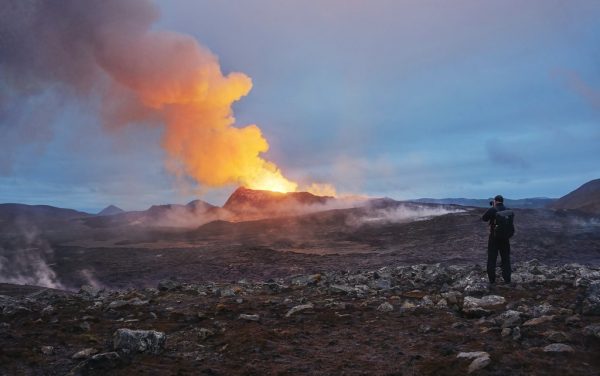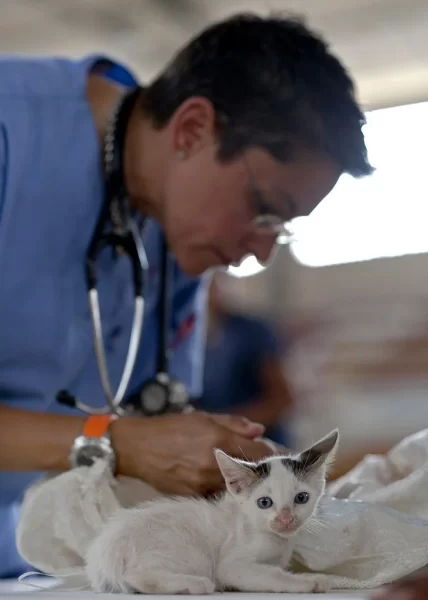Boo! Bu! ブー!
How other countries celebrate Halloween
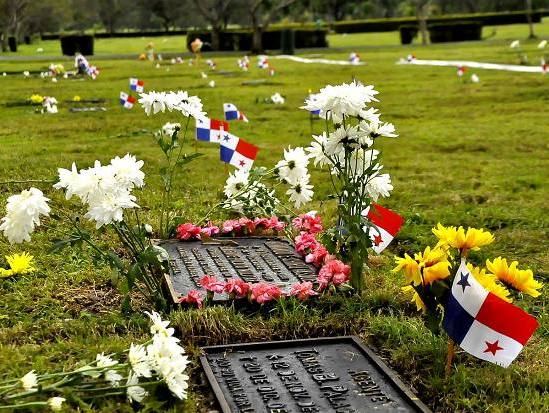
The graves of Meder’s father and oldest brother in El Parque del Recuerdo located in Las Cumbres, Panama.
Spooky season is here and a lot of countries are preparing to scare. Whether it is Halloween, Dia De Los Muertos or any other name, similar holidays are celebrated around the globe. The meaning behind them and the way they are enjoyed can greatly differ from country to country.
Halloween, or Samhain, was originally celebrated in Ireland and eventually spread to other countries. The celebration there is very similar to the U.S. Kids dress up and go trick-or-treating, and others attend festive parties. But in Ireland, other traditions are also included. Barnbrack is a traditional fruit-like food that is consumed. It is said to tell their future depending on what is found inside. Treasure hunts, card games and snap-apple, a game where one must try to bite a hanging apple, are usually played on the holiday, according to history.com. Many cities in Ireland have large celebrations which include parades and carnivals on Oct. 31, according to discorveringireland.com.
“In the ancient Celtic world of Ireland, Samhain was the end of summer and the beginning of winter, a time of long and cold nights and for many a portent of death. As these two periods crossed over at Samhain, the dead supposedly returned to the mortal world and so large communal fires were lit to ward of evil spirits,” according to discoveringireland.com.
Día de Los Muertos, meaning “Day of the Dead”, is celebrated from Oct. 31 to Nov. 2 as a way to honor loved ones who have passed away. The holiday is mainly celebrated in Latin America where people decorate and leave gifts on the graves of relatives, according to history.com. Sugar skulls are usually made to put on the graves as offerings for loved ones, according to ajc.com. The honoring of different relatives is on specific days, as Nov. 1 is usually for children while Nov. 2 is for adults, according to mymodernmet.com.
“In Panama, [Dia De Los Muertos] happens one day later, on Nov. 2 and is only celebrated for one day. People visit cemeteries to remember their loved ones and pray for those faithful who deceased,” Spanish teacher Adriana Meder said. “Many people bring flowers and clean the areas where the remains of those who physically disappeared, but live in the hearts of those who remember them, are laid to rest.”
Halloween in Japan was not celebrated originally. However, due to attractions such as Disneyland, the youth became interested in the event through the decorations and celebrations. Parties in the streets are very common along with festivals. Kids are given maps of places they can trick-or-treat at and many dress-up in cosplay rather than scary costumes, according to notesofnomad.com.
“From street parties to parades, to music events and special restaurant menus, there’s a Halloween celebration in Tokyo for all tastes, ages and budgets,” according to notesofnomad.com.
Regardless of which spooky holiday one is celebrating, it can be a fun time for family and friends to gather. From trick-or-treating to sugar skulls, traditions can help make for an exciting celebration.




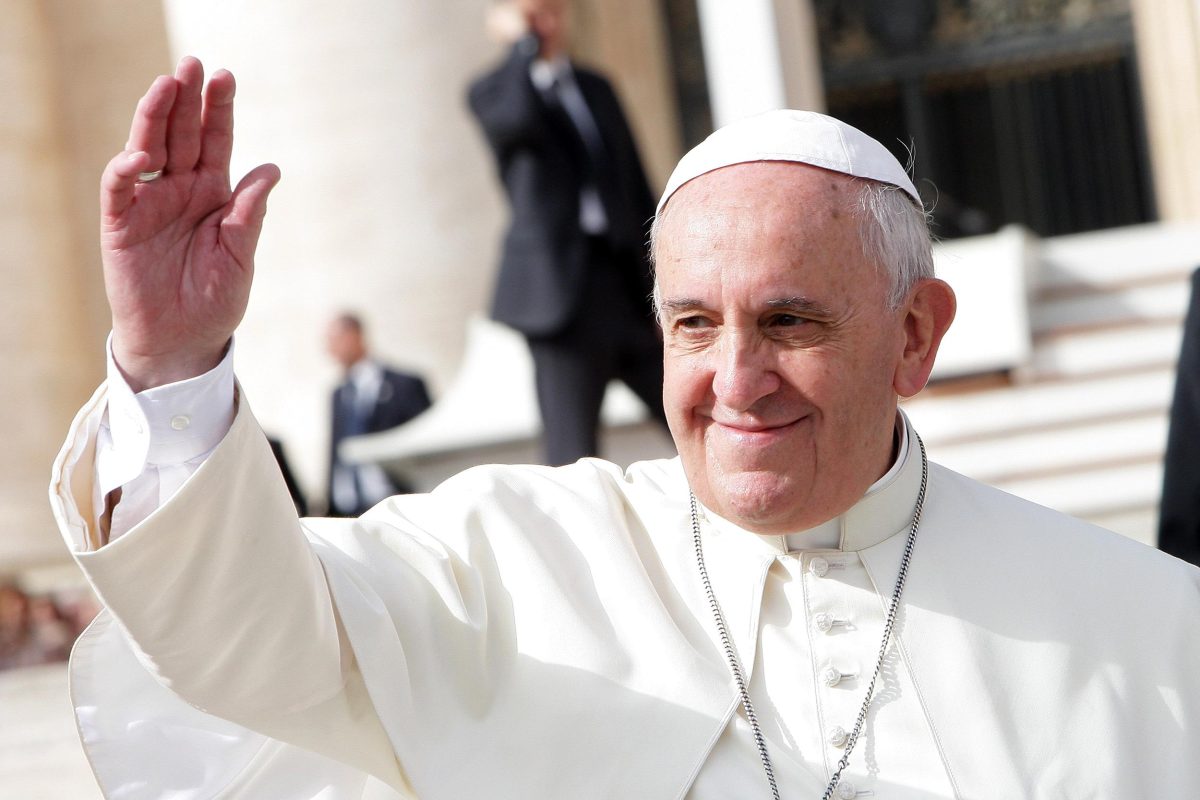
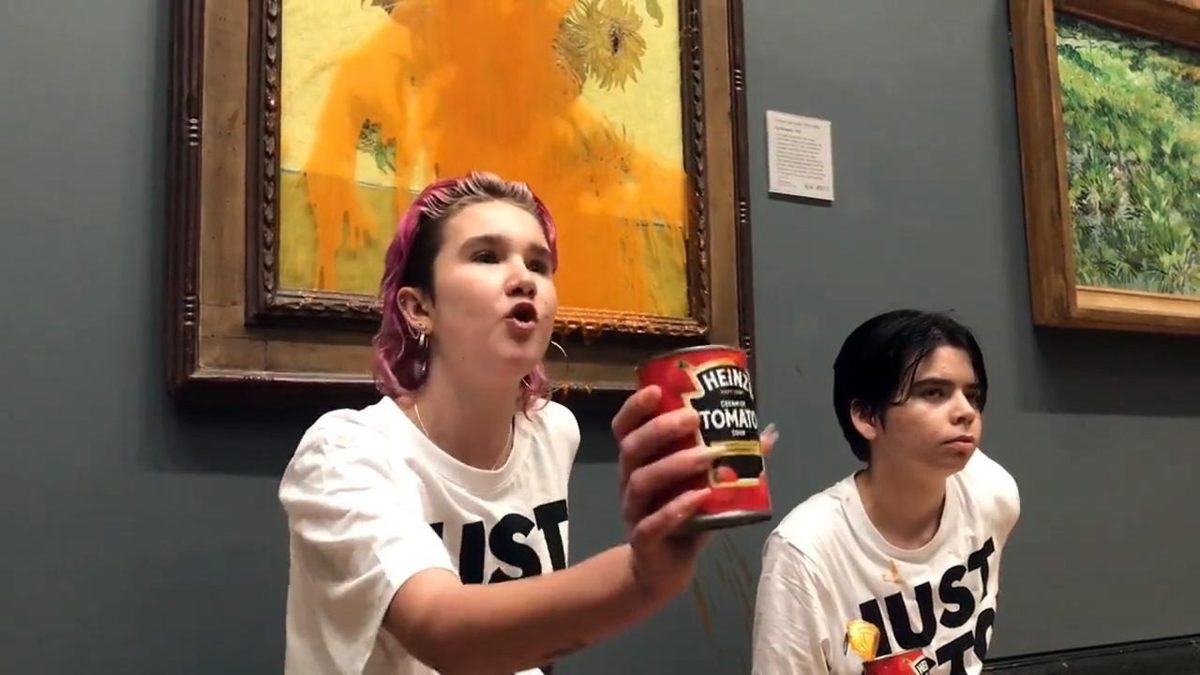

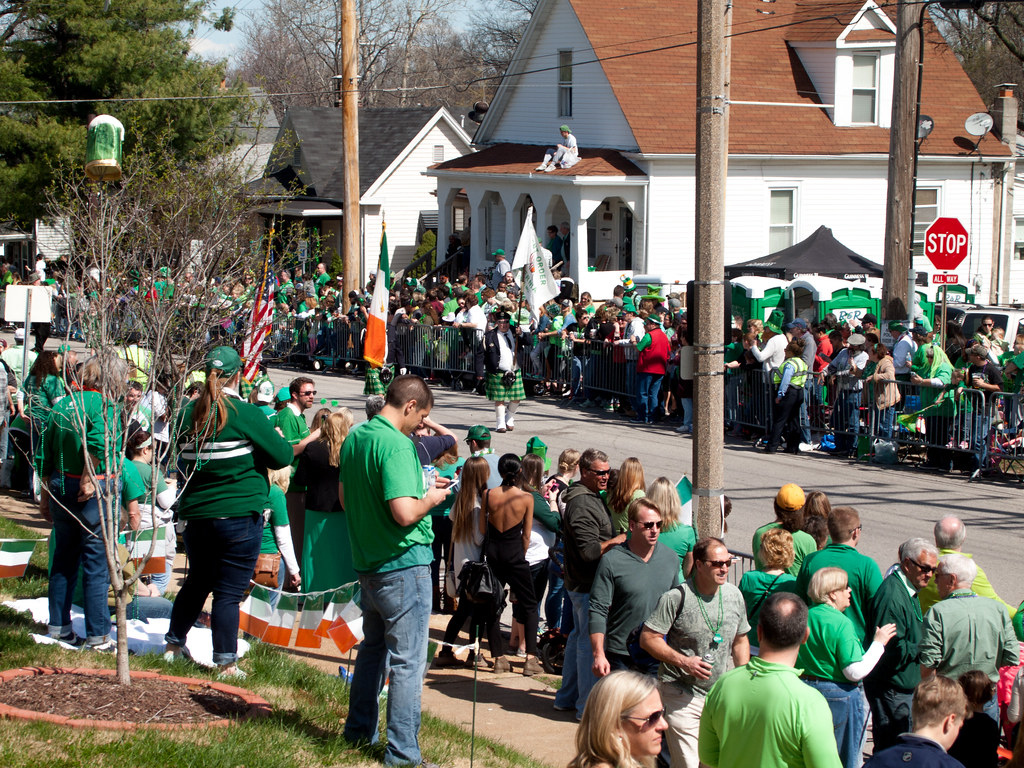


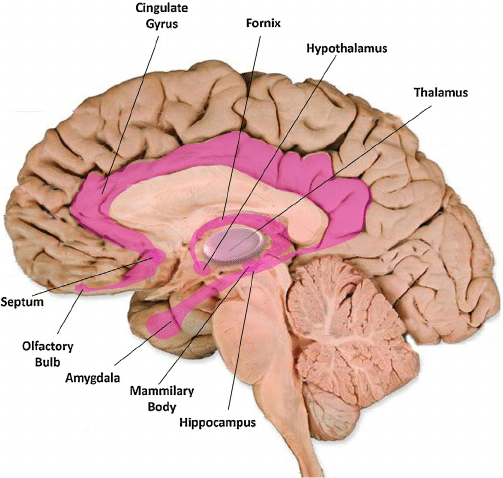

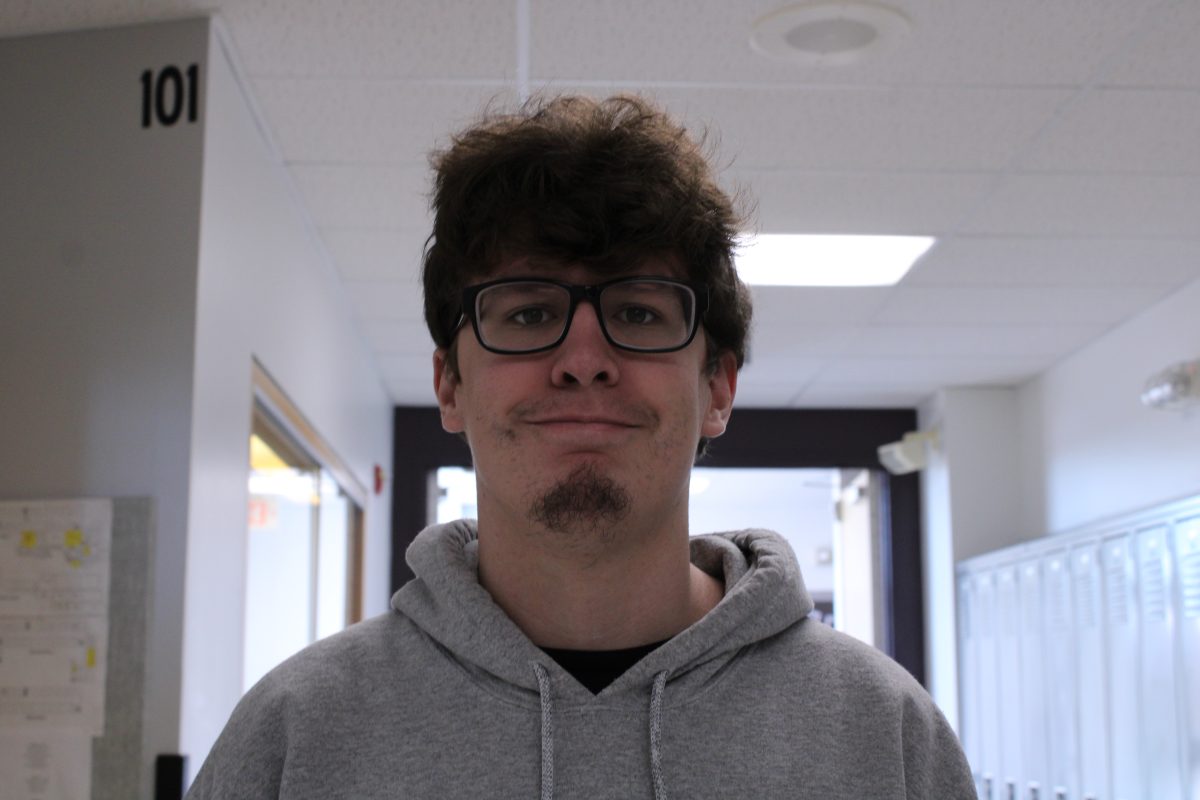


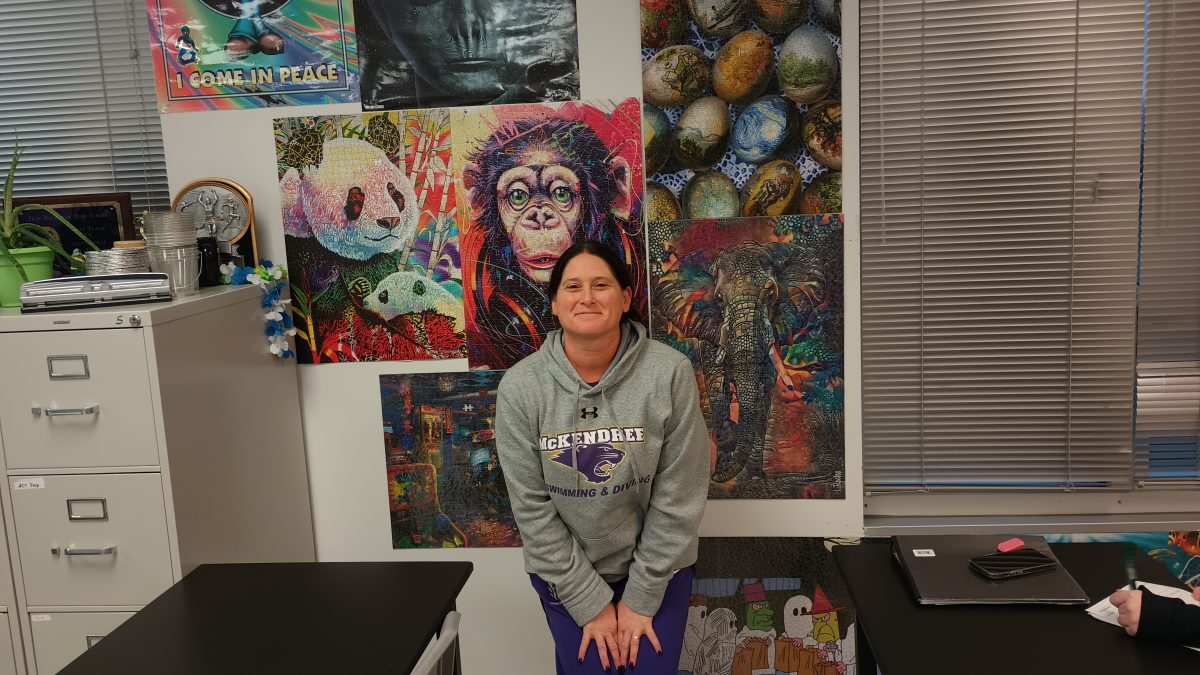

![Orchestra teacher Mieloch is seen directing the orchestra. Mieloch has been teaching for 14 years and is passionate about music.
“Ever since eighth grade I wanted to be a conductor,” Mieloch said. “When I got into high school, I had a couple of really great teachers that made me want to be a teacher and I felt like ‘let’s put them together,’ and I [became] an orchestra teacher.”](https://fzwnews.com/wp-content/uploads/2023/11/kUyj9QUMZeOPBGTDD833b9WDk7Yvt7yppa5Htzqv-800x1200.jpg)

